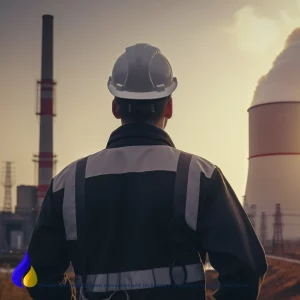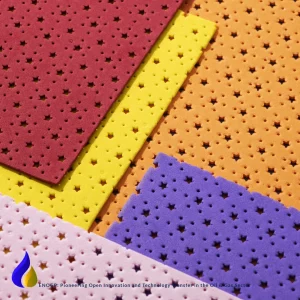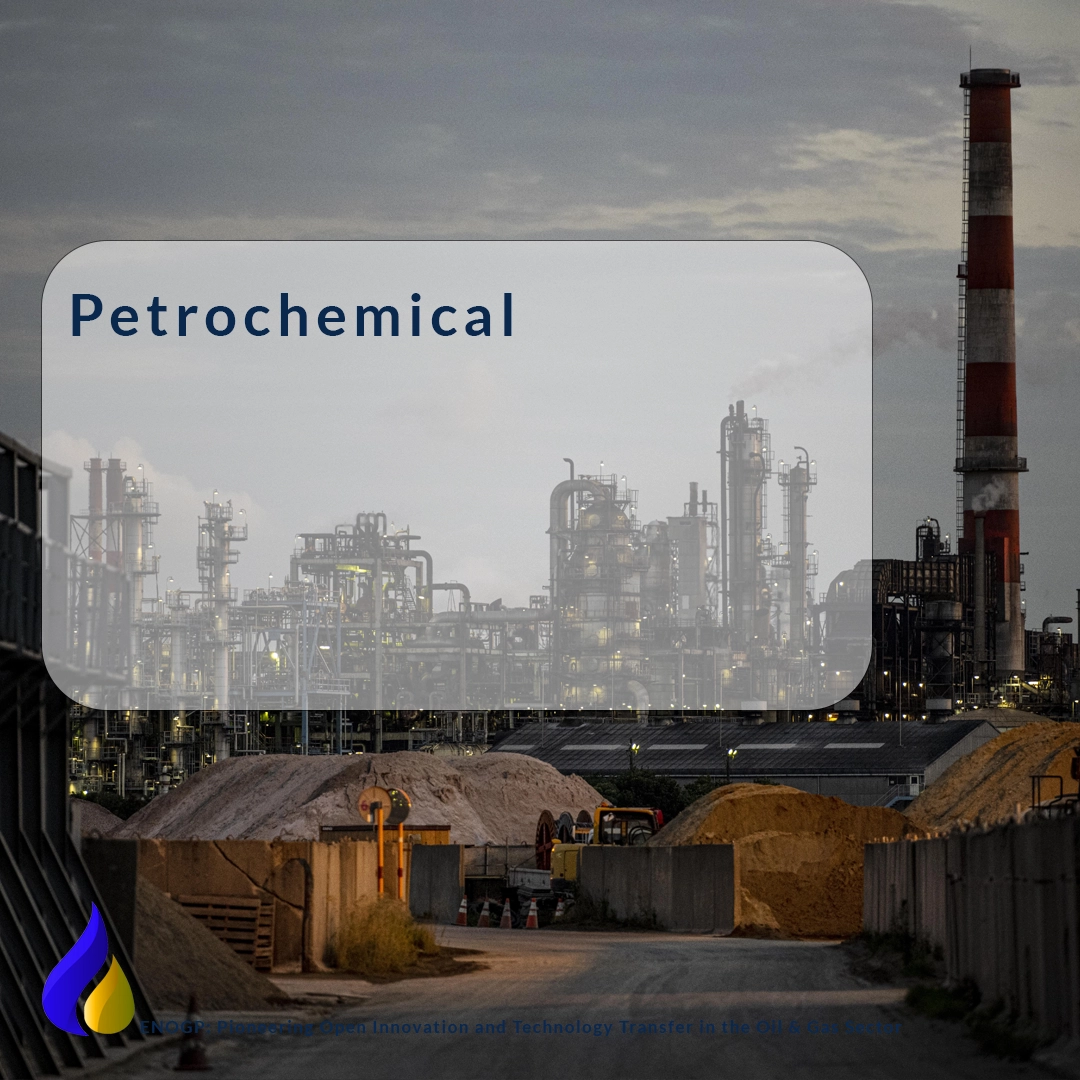Blog

Petrochemical Industry Matters in 2025: 7 Proven Insights Every Engineer Must Know
Discover 7 game-changing insights shaping the petrochemical industry in 2025—from innovation and sustainability to technology transfer and polystyrene trends.

How Do You See Petrochemicals Evolving in the Next Decade?
Petrochemicals Evolving The petrochemical industry has been the hidden engine behind global economic development for over a century. From plastics and fertilizers to electronics and textiles, petrochemicals make things happen. As we step into a new era defined by energy transition, digital transformation, and sustainability pressures, the role of petrochemicals

Petrochemical Industry Breakthroughs: The Critical Importance and Bold Future Ahead
The petrochemical industry stands at the crossroads of innovation and necessity, playing a pivotal role in our global economy while simultaneously shaping the future of sustainable development. As the demand for advanced materials and cleaner energy sources rises, the industry is undergoing unprecedented transformations—ushering in breakthroughs that could redefine its

What is Polystyrene? A Complete Guide for Smart Decision-Making
Polystyrene is a synthetic aromatic polymer made from the monomer styrene, a liquid hydrocarbon that is commercially manufactured from petroleum. As one of the most widely used plastics globally, polystyrene is known for its versatility, low cost, and ease of processing. It appears in a range of forms—from solid, rigid
Click here for further information
ENOGP Blog:
Future-Proofing the Petrochemical and Energy Sectors:
How Innovation, Technology Transfer, and Engineering Collaboration Are Revolutionizing the Evolution of Polystyrene and Beyond
The petrochemical and energy sectors are undergoing rapid transformation. Market demands, sustainability imperatives, and technological disruptions are reshaping how these industries operate. At the core of this evolution lies a triad of powerful forces: innovation, technology transfer, and engineering collaboration. These drivers are not only optimizing existing processes but also enabling breakthroughs—particularly in high-demand materials like polystyrene foam, polystyrene insulation, and styrofoam—to meet modern industrial, environmental, and economic needs.
This article explores how these forces are future-proofing the petrochemical and energy industries, with a particular focus on the role of R&D, open innovation, and strategic industrial partnerships. It also analyzes emerging technologies, market trends, and the critical value of cross-sector collaboration for sustainable development and competitive growth.
The Petrochemical Industry: At a Crossroads of Innovation and Sustainability
The petrochemical industry has long been the foundation of numerous value chains, from automotive and construction to packaging and pharmaceuticals. However, it is now navigating an inflection point where sustainable innovation is not optional—it is vital for survival and success.
Petrochemical Industry Advancements and Sustainability Trends
Innovations in catalyst design, process intensification, and energy-efficient cracking technologies are making petrochemical production cleaner and more cost-effective. These advancements reduce greenhouse gas emissions and lower energy consumption, aligning with global carbon-reduction commitments.
Equally significant is the growing demand for biodegradable materials, circular economy models, and green chemistry. Leading companies are investing in R&D centers focused on low-carbon and renewable feedstocks, such as bio-based ethylene and recycled polystyrene foam.
Technology Transfer in Petrochemicals
Technology transfer has become a cornerstone of innovation in this space. Whether through licensing, joint ventures, or academic-industry collaboration, companies are accelerating the commercialization of lab-scale breakthroughs into full-scale industrial applications.
Key focus areas include:
Technology Transfer in Petrochemicals for clean energy processes
Industrial Collaboration and Technology Transfer to deploy digital twins and AI for plant optimization
The Role of Technology Transfer in Industrial Growth, particularly in emerging markets and transition economies
R&D in Petrochemicals: The Innovation Engine
Investments in research and development are yielding significant dividends. From novel polymerization processes to advanced circular solutions for plastics like polystyrene sheets, polystyrene foam, and styrofoam packing peanuts, R&D is helping reshape industry standards.
R&D in Petrochemicals is increasingly focused on environmental performance
The Rise of Polystyrene: Innovation, Applications, and Industry Transformation
Polystyrene is one of the most widely used thermoplastic materials in the world, known for its versatility, cost-effectiveness, and broad range of applications. From styrofoam sheets to polystyrene packaging, expanded polystyrene (EPS), and extruded polystyrene (XPS), polystyrene foam remains a cornerstone material across industries. However, as sustainability and innovation redefine expectations, the polystyrene industry is evolving rapidly to stay relevant in a future-focused energy and petrochemical landscape.
Polystyrene Industry and Sustainability
Recent technological advancements have led to new grades of polystyrene with improved mechanical properties, thermal insulation, and recyclability. The development of closed-loop recycling systems, chemical recycling processes, and biodegradable polystyrene variants are reshaping the industry’s environmental footprint.
Major petrochemical companies are now:
Investing in recyclable and biodegradable polystyrene foam
Creating alliances for circular polystyrene economy models
Leveraging Technology Transfer in Petrochemicals to apply novel recycling methods across global markets
Polystyrene Applications in Various Industries
Polystyrene in various industries plays a crucial role in enhancing product performance, reducing weight, and minimizing cost:
Construction: Expanded polystyrene (EPS) and extruded polystyrene (XPS) provide high-performance insulation with energy efficiency benefits.
Packaging: Lightweight, protective, and hygienic, polystyrene packaging remains a top choice for food containers, medical packaging, and electronics.
Automotive: High-impact polystyrene (HIPS) is used in dashboards, interior trims, and lightweight structural components.
Consumer Electronics: Its moldability and strength make it suitable for casings and internal supports.
These polystyrene applications are continually being reimagined through Innovation in the Petrochemical Industry, enhancing both functionality and sustainability.
Open Innovation and Technology Transfer: Enabling Cross-Sector Growth and Resilience
In a rapidly evolving global economy, the petrochemical and energy sectors must continuously innovate—not in isolation, but through collaboration, knowledge sharing, and technology diffusion. That’s where Open Innovation and Technology Transfer come into play as essential drivers of transformation and resilience.
Understanding Open Innovation in Petrochemicals
Open Innovation refers to a model where organizations go beyond internal R&D and actively seek ideas, technologies, and solutions from external sources—such as startups, universities, research institutes, and even competitors. In the petrochemical industry, this model enables faster, more cost-effective development of:
Polystyrene recycling technologies
Low-emission production methods
Sustainable feedstock alternatives
Energy efficiency solutions
Open Innovation Projects are increasingly facilitated through:
Innovation hubs and digital platforms
Joint ventures between corporates and R&D centers
Startup accelerator programs focused on chemical engineering and materials science
These Open Innovation Collaborations in Industry are not only enabling faster product innovation but also fostering more sustainable and inclusive growth.
Technology Transfer in the Petrochemical Industry
Technology Transfer is the process of sharing or licensing knowledge, technologies, processes, and data from one organization or country to another. In the petrochemical sector, it serves as a critical mechanism for:
Scaling laboratory breakthroughs to commercial production
Spreading emerging technologies in energy and petrochemicals across regions
Building capacity in developing markets
Standardizing safety, quality, and environmental protocols
Technology Transfer in Petrochemicals often involves:
Licensing deals
Collaborative R&D
Supplier development programs
Joint technical training and infrastructure sharing
This mechanism ensures that innovations in the energy industry are not siloed, but scaled globally to achieve collective industrial advancement.
Future-Proofing the Petrochemical and Energy Sectors
The future of the petrochemical and energy industries is being shaped by dynamic forces of change, particularly innovation, technology transfer, and collaborative engineering. From the advancement of polystyrene applications to the integration of renewable energy systems, these sectors are evolving at an unprecedented pace.
Companies that embrace open innovation models, invest in R&D, and engage in strategic partnerships are more likely to lead the way in this transformative era. With a keen focus on sustainability, technological progress, and global collaboration, the petrochemical and energy industries will not only be future-proofed but will also thrive in an increasingly interconnected and environmentally conscious world.


